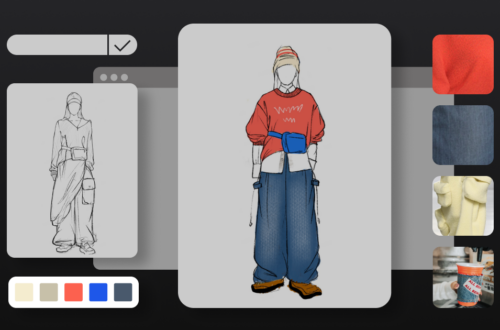Sanitary Napkin Material: Composition and Properties
# Sanitary Napkin Material: Composition and Properties
## Introduction to Sanitary Napkin Materials
Sanitary napkins are essential feminine hygiene products designed to absorb menstrual flow. The materials used in their construction play a crucial role in comfort, absorption, and overall effectiveness. Modern sanitary napkins combine various components to create a product that’s both functional and comfortable for users.
## Core Components of Sanitary Napkins
### 1. Top Layer (Cover Stock)
The top layer is the part that comes in direct contact with the skin. It’s typically made from:
– Non-woven fabric: Soft, breathable, and quick-drying
– Perforated plastic film: Provides a dry surface feel
– Cotton-like materials: For premium products offering extra softness
### 2. Absorbent Core
This is the most critical component responsible for fluid absorption. Common materials include:
– Wood pulp (fluff pulp): The traditional absorbent material
– Superabsorbent polymers (SAP): Highly efficient modern absorbents
– Combination of wood pulp and SAP: Most common in today’s products
### 3. Back Sheet
The back layer prevents leakage and keeps moisture contained. Materials include:
– Polyethylene (PE) film: Most common, provides waterproofing
– Breathable microporous film: Allows air circulation while blocking liquids
– Biodegradable materials: Emerging in eco-friendly products
### 4. Adhesive Layer
This keeps the pad in place in the underwear:
– Pressure-sensitive adhesive: Applied to the back sheet
– Wing adhesives: For securing wings in winged products
## Additional Features and Materials
### Wings
Many modern pads include wings that fold under the underwear for better security. These are typically made from:
– Non-woven fabric
– Plastic film with adhesive
### Fragrance and Additives
Some products include:
– Deodorizing agents
– Aloe vera or other soothing additives
– Antibacterial treatments
## Properties of Sanitary Napkin Materials
### Absorption Capacity
The combination of wood pulp and SAP can absorb many times their weight in fluid. SAP alone can absorb 30-60 times its weight in distilled water.
### Breathability
Quality materials allow air circulation to reduce skin irritation and discomfort. Breathable back sheets are particularly important for this property.
### Softness and Comfort
The top layer must be soft enough to prevent chafing while remaining durable during use.
### Hypoallergenic Properties
Many manufacturers use materials that minimize allergic reactions, especially important for sensitive skin.
## Environmental Considerations
Recent developments include:
– Biodegradable materials
– Organic cotton options
Keyword: sanitary napkin material
– Reduced plastic content
– Compostable components
## Conclusion
The materials used in sanitary napkins have evolved significantly over time, with modern products offering superior comfort, absorption, and protection. Understanding these materials helps consumers make informed choices based on their needs and preferences, whether prioritizing absorption, comfort, or environmental impact.


